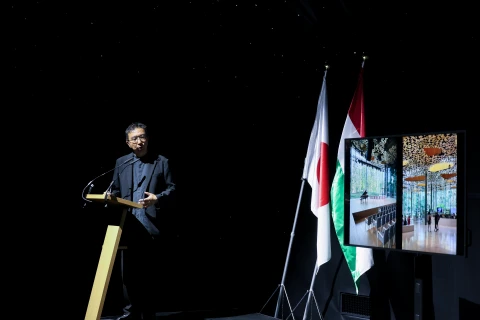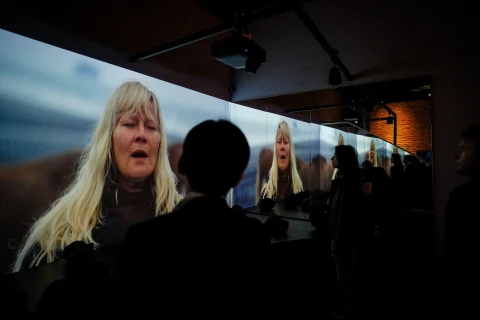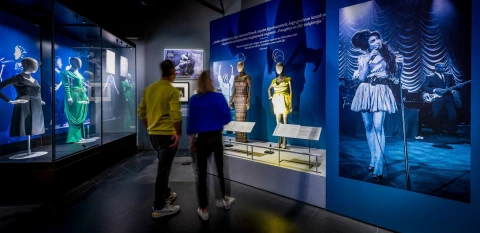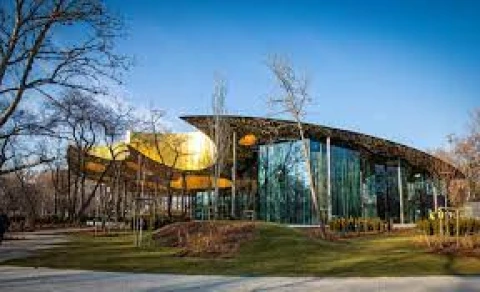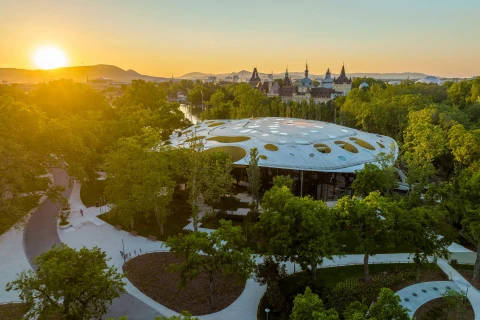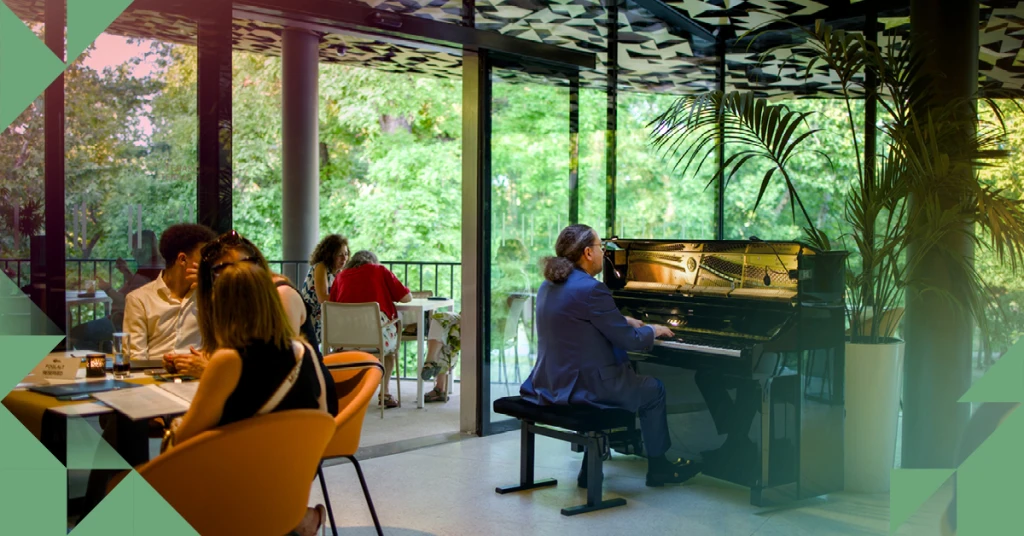

House of Music Hungary
There is perhaps no other cultural area where Hungarian art has made a bigger impact than in music. A number of Hungarian composers and musicians – among them Ferenc Liszt, Béla Bartók, Zoltán Kodály, György Ligeti and Zoltán Kocsis – have made their mark on the universal language of music, yet the country has no centre to provides a comprehensive overview of the treasures of their legacy in the global context of music history.
The House of Music Hungary, a unique and complex institution of musical initiation and the venue for the country’s first comprehensive exhibition presenting the history of music, opened in the City Park in January 2022. Although Hungary is famed for its musical heritage, no multi-faceted exhibition presenting the history of Hungarian music in the context of European music had been hosted in any Hungarian institution exhibition before this one. The iconic building, designed by Japanese star architect Sou Fujimoto was selected from among 170 international projects and since the announcement of the design as the winner of the architectural competition it has attracted massive attention in international professional circles. This is confirmed, for example, by the fact that in early 2021 it was listed by CNN and the World Architecture Community as one of the ten most anticipated new buildings of the year. The final result did not disappoint: a truly contemporary architectural masterpiece has come into being.

Its organically undulating canopy punctured with holes as well as its extensive, horizontally undivided glass walls make it an inimitable visual landmark. The innovative exterior is coupled with a complex institution initiating children and adults into the world of music thanks to its wide range of events and providing numerous musical experiences to the public all year round. The House of Music was built on the former site of a dilapidated and unused office complex, which had been an eyesore here, in the heart of the City Park, until 2016. What had been a closed-off and neglected ’green’ area of 7 thousand square metres for decades surrounding the complex has now been rehabilitated and surrounds the new building open to all park-goers.
The permanent exhibition of the House of Music Hungary presents the history of music from the development of the human voice to modern trends, but place special emphasis on Hungarian music and its diverse history. The main audience for the institution are children, their parents and teachers, as well as young adults. This is a broad spectrum of visitors who may not have any particular musical expertise and are unlikely to frequently attend classical music concerts. This "palace of musical miracles" built founded on special installations and technical solutions makes it possible to experience first hand the foundations of musical harmony and the physiology of perceiving sound – providing every visitor with a genuine sense of joy.
Upcoming events

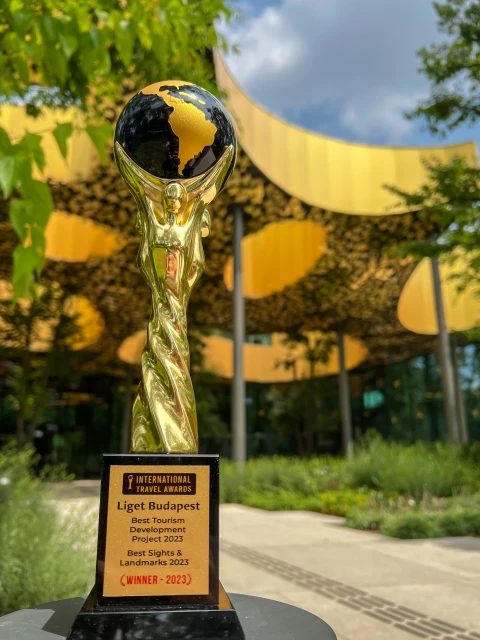
Awards of the House of Music Hungary
- International Property Awards – Best International Public Service Architecture, 2019
- Music Cities Awards – Best Use of Music in Property Development/Real Estate, 2020
- CNN – one of the top ten most anticipated buildings of the year, 2021
- Portfolio Property Awards – Special Prize, 2022
- Time Out Magazine – best new things to do in the world in 2022
- MIPIM Awards – Grand Jury Prize, 2022
- German Design Council - Iconic Award, 2022
- World Travel Awards - Europe's Leading New Tourist Attraction, 2022
- Architecture Masterprize - Architectural Design of the Year, 2022
- Szállás.hu – Tourist Attraction of the Year, 2022
- Közmédia – Man of the Year: Sou Fujimoto, 2022
- Construction Industry Awards – cultural public building, building engineering and steel structure categories, 2022
- Hungarian Association of Building Sciences and Hungarian Building Engineering Coordination Association – Building Engineering Award, 2022
- Portfolio Property Awards special prize, 2022
- Public Acquisition Award, Building Investment category winner, 2022
- Time Magazine - World's Greatest Places, 2023
- Architectural Digest Magazine – WoW list, 2023
- Indigo Design Award - Gold Winner in Wayfinding for Graphic Design, 2023
- Hungarian Association of Building Insulators, Roofers, Tinsmiths and Carpenters – Golden Brush trophy (Roofing category), 2023
- Hungarian Association of Building Insulators, Roofers, Tinsmiths and Carpenters – Golden Brush trophy (Building Structure category), 2023
- Hungarian Association of Building Insulators, Roofers, Tinsmiths and Carpenters – Roof of the Year main prize, 2023
- International Federation of the Roofing Trade - IFD Award Gold Medal (Flat Roof section), 2023
- Association of Hungarian Architects – Pál Csonka Award: Sou Fujimoto, architect; Balázs Puskás structural engineer; Bence Varga, architect, 2023
- International Project Management Association – Global Individual Award, Gold Winner, Attila Pém, project manager of the House of Music Hungary, 2023
- FIABCI Prix d'Excellence Awards - Public infrastructure, silver medal, 2024
- International Travel Awards – Europe’s Best Tourist Attraction, 2024
- Music Hungary: Crossover Award - Divas & Icons exhibition
- Music Hungary: Visual Award - Platon Karataev: „Napkötöző”
- European Museum of the Year Award, special award, 2025
- European Music Academy, audience award, 2025
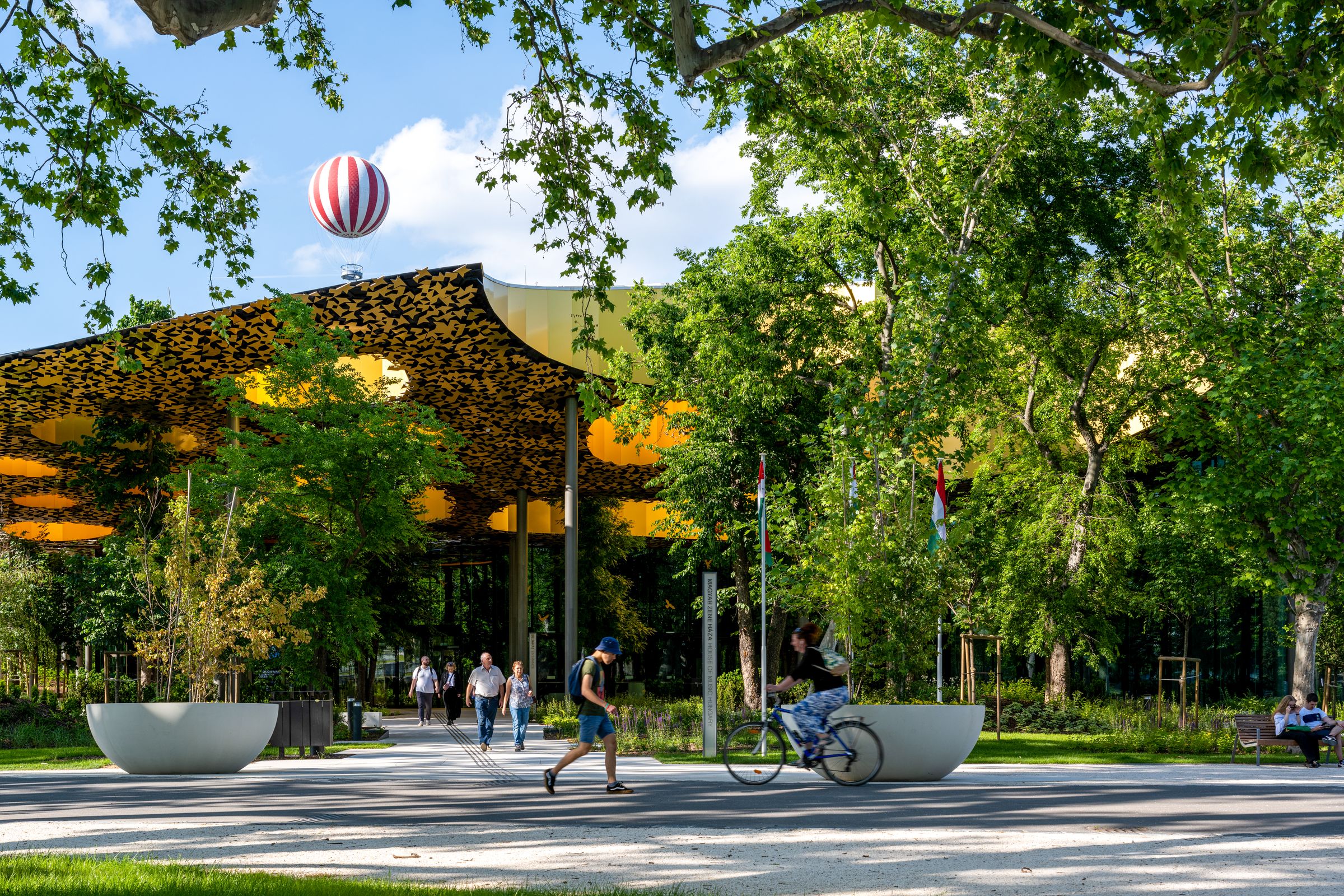
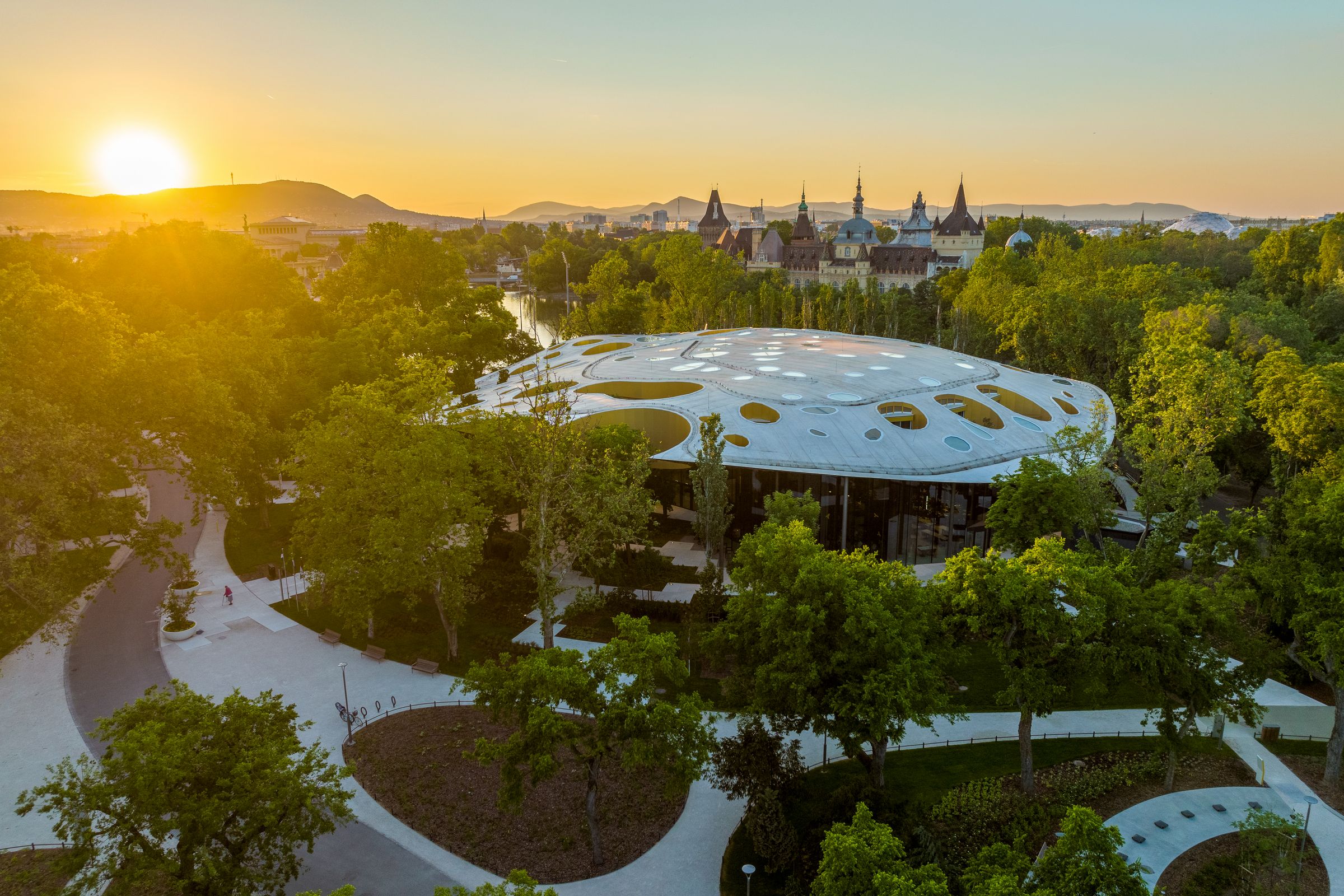
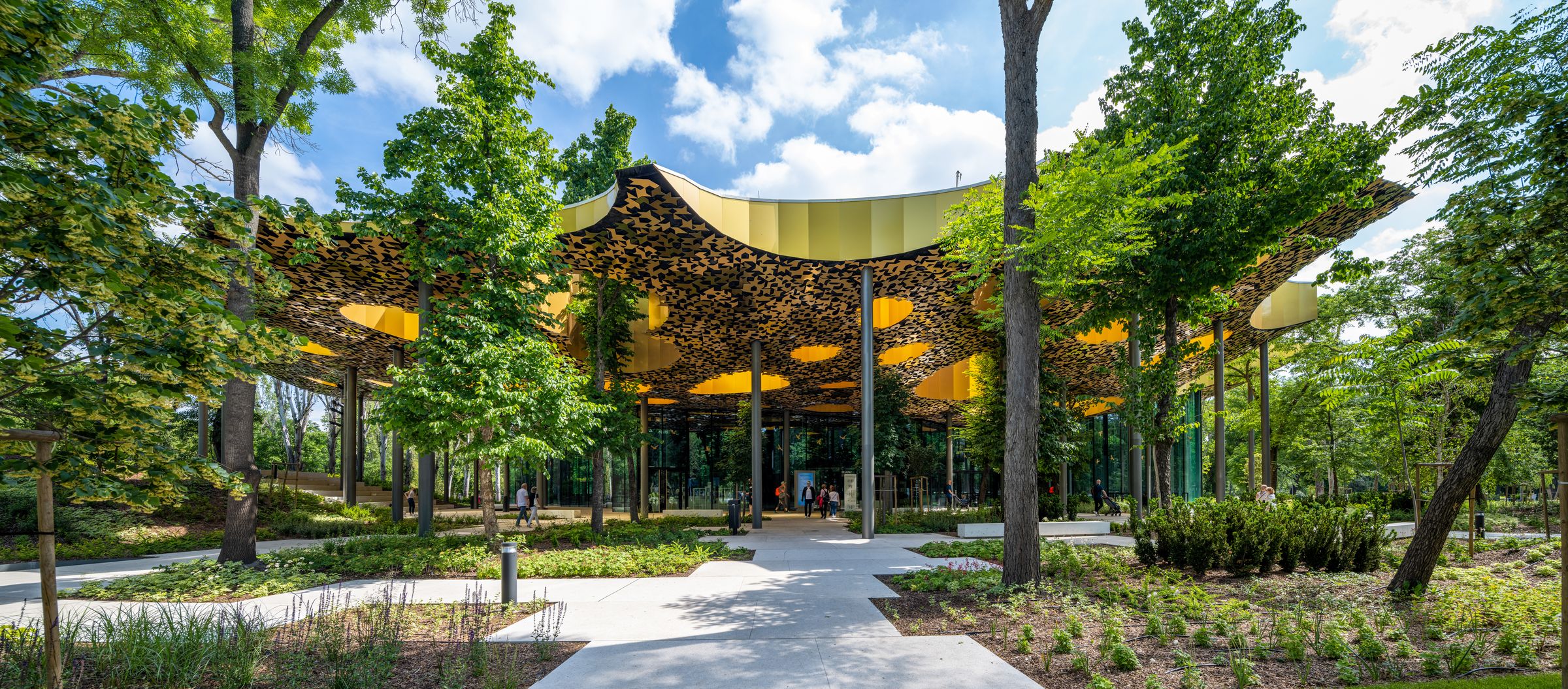
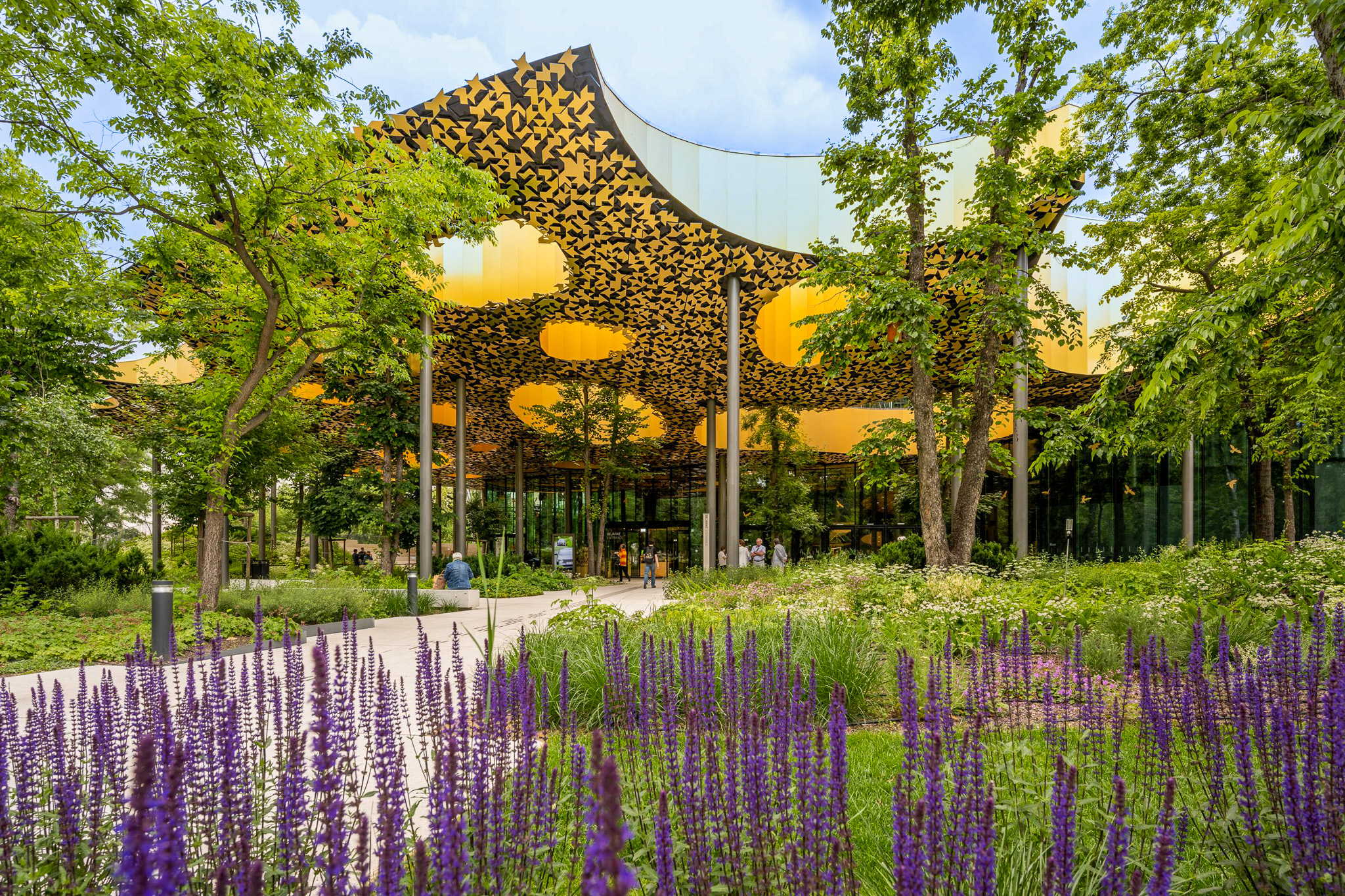
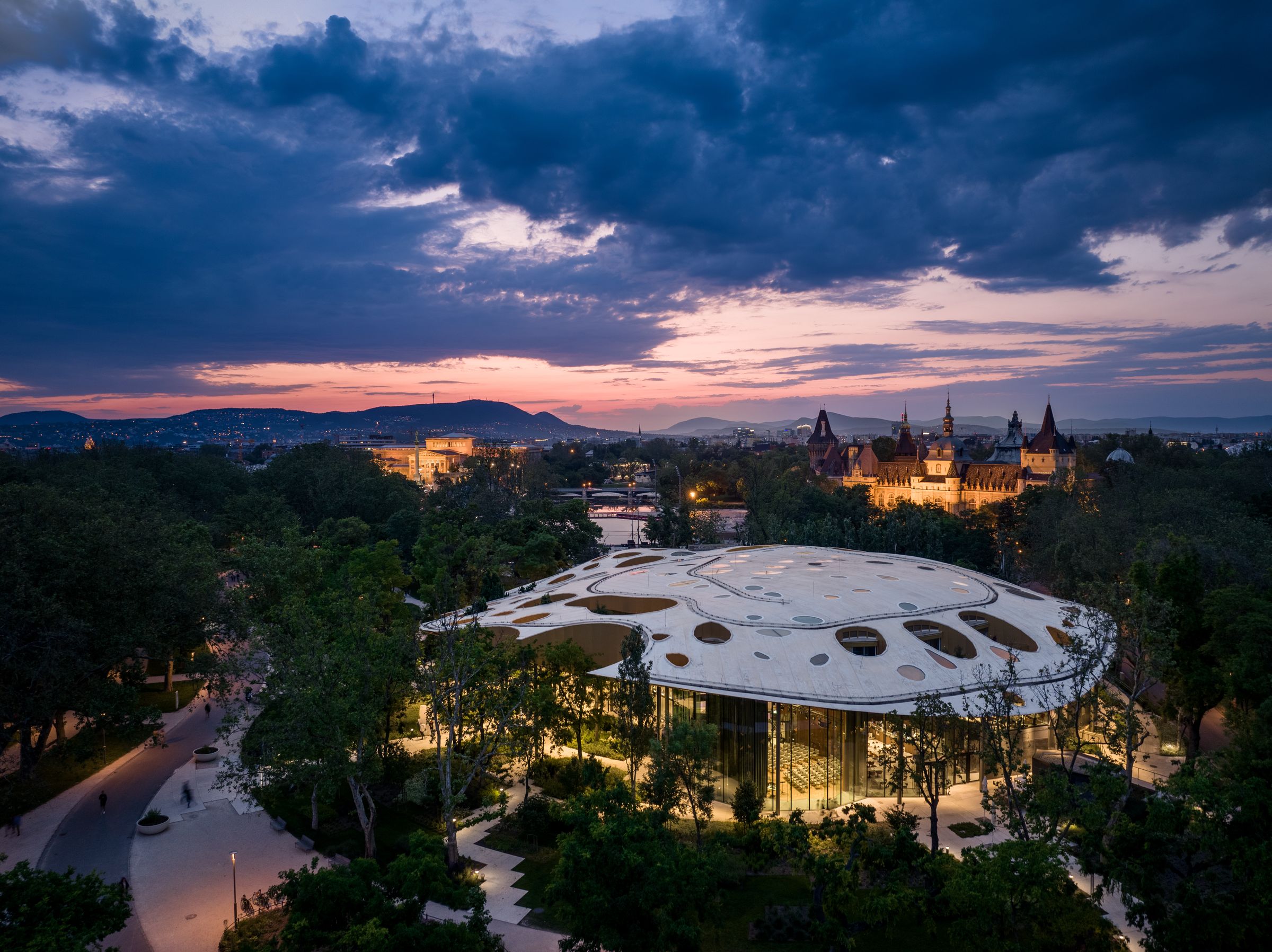













-(1)-lead_md.webp)
-(1)-lead_md.webp)

